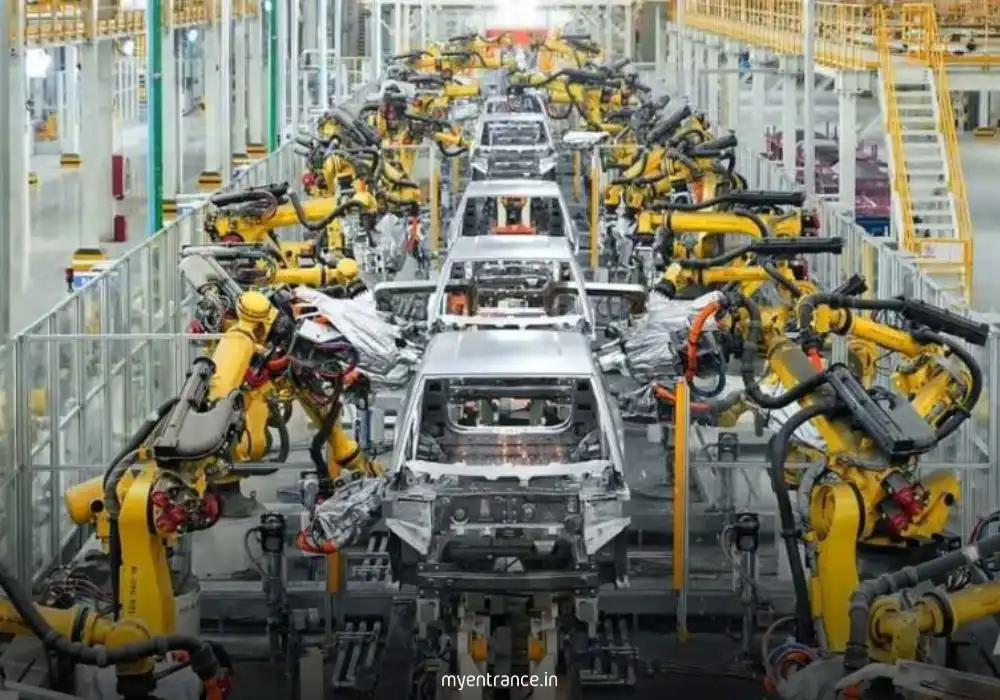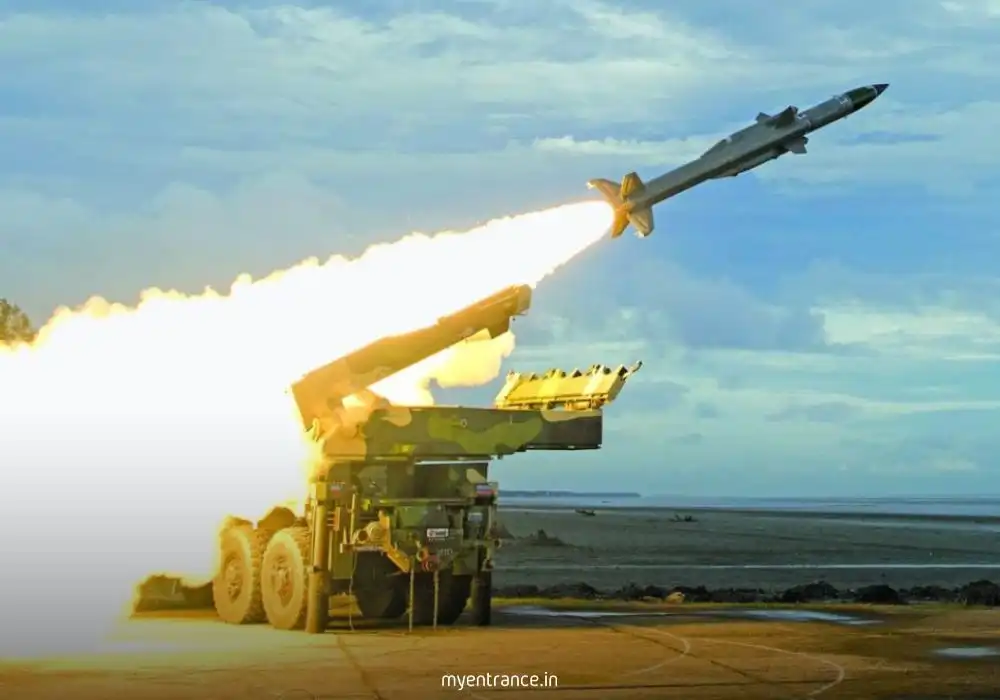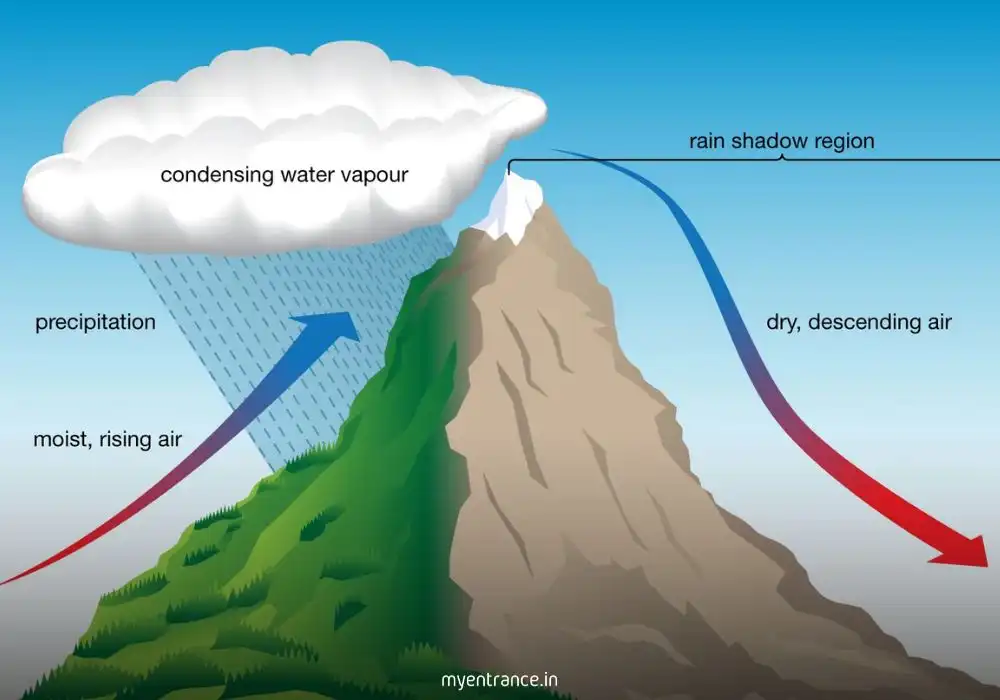Translate Language
FAME-II, PM E-DRIVE & More: Must-Know EV Schemes for UPSC, SSC, PSC Aspirants
India is accelerating its shift towards electric vehicles (EVs) with strategic policies and financial incentives. Schemes like FAME-II, PM E-DRIVE, and PLI for battery manufacturing aim to reduce emissions, cut fuel imports, and position India as a global EV leader. For competitive exam candidates, these initiatives are vital topics in current affairs and economy sections.

Key Government Schemes Boosting India’s EV Sector
1. FAME India Scheme Phase-II (2019–2024)
Objective: Accelerate EV adoption through demand incentives and charging infrastructure.
Budget: ₹11,500 crore.
Coverage: Subsidies for electric 2-wheelers, 3-wheelers, 4-wheelers, and electric buses.
Key Feature: Supported setting up public EV charging stations (EV PCS).
2. PM E-DRIVE Scheme (2024–2026)
Objective: Expand EV manufacturing and infrastructure.
Budget: ₹10,900 crore.
Coverage: Incentives for e-2Ws, e-3Ws, e-trucks, e-buses, and e-ambulances.
Key Feature: Funds EV charging stations and upgrades testing facilities.
3. PLI Scheme for Advanced Chemistry Cells (ACC) (2021)
Objective: Boost domestic battery production.
Budget: ₹18,100 crore.
Target: Establish 50 GWh battery manufacturing capacity.
4. PLI Scheme for Automobile & Auto Components (PLI-Auto) (2021)
Objective: Encourage high-tech automotive manufacturing.
Budget: ₹25,938 crore.
Key Requirement: At least 50% Domestic Value Addition (DVA).
5. Scheme for Promotion of Manufacturing of Electric Passenger Cars (SPMEPCI) (2024)
Objective: Boost local EV car production.
Investment Requirement: Minimum ₹4,150 crore.
DVA Mandate: 25% in 3 years, 50% in 5 years.
6. PM e-Bus Sewa – Payment Security Mechanism (PSM) (2024)
Objective: Support large-scale e-bus adoption.
Budget: ₹3,435.33 crore.
Target: Deploy 38,000 electric buses with payment security.
Why Are These Schemes Important for Competitive Exams?
UPSC, PSC, SSC: Frequently asked in Economy, Environment, and Governance sections.
NID/NIFT/KAS: Relevant for sustainable development and innovation topics.
Current Affairs: Government policies on EVs are a hot topic in prelims and mains.
Environmental Impact: Aligns with India’s net-zero emissions goal by 2070.
Questions & Answers for Exam Preparation
Q1. What is the primary objective of the FAME-II scheme?
Ans: To promote electric vehicle adoption through demand incentives and charging infrastructure development.
Q2. Which scheme focuses on domestic battery manufacturing with a ₹18,100 crore budget?
Ans: PLI Scheme for Advanced Chemistry Cells (ACC).
Q3. What is the minimum Domestic Value Addition (DVA) required under the SPMEPCI scheme by the 5th year?
Ans: 50%.
Q4. How does the PM e-Bus Sewa scheme support electric bus operators?
Ans: It provides a payment security mechanism in case of default by Public Transport Authorities (PTAs).
Q5. Name two battery technologies developed by ARCI, Hyderabad.
Ans: Sodium-ion batteries and aluminium-ion batteries.
Conclusion
India’s EV policies are transforming the automotive sector while contributing to sustainability. For competitive exam aspirants, mastering these schemes ensures an edge in current affairs and economy-based questions. Stay updated with policy changes to boost your exam performance!
For more exam tips and mock tests, visit MyEntrance.in.
Get 3 Months Free Access for SSC, PSC, NIFT & NID
Boost your exam prep!
Use offer code WELCOME28 to get 3 months free subscription. Start preparing today!















